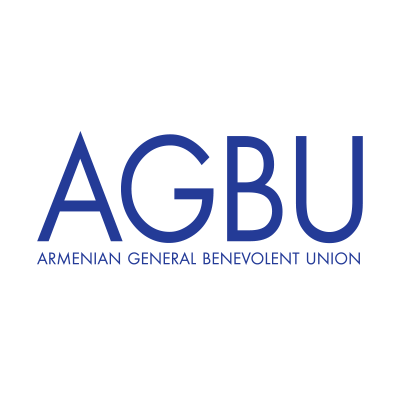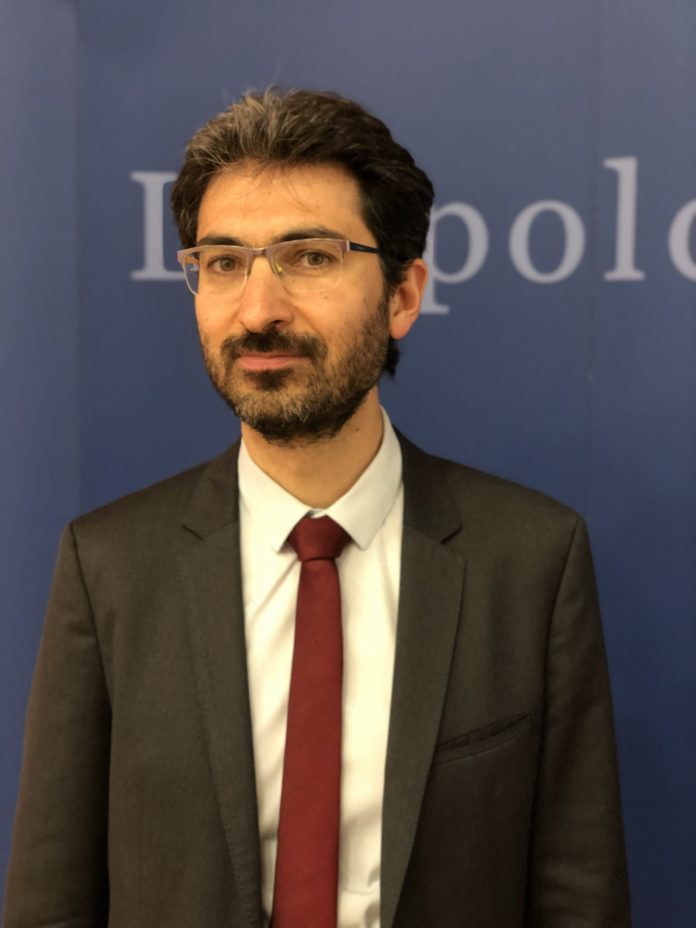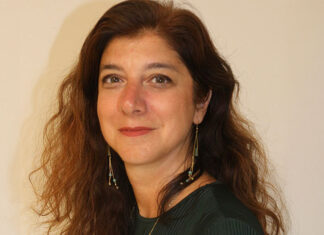YEREVAN/LYON – Maxime K. Yevadian is a historian and specialist in medieval and ancient Armenian culture. Born in 1979 in Fréjus (France), Yevadian holds the chair of Armenology at the Catholic University of Lyon. He works on the Christianization of Armenia, and, more generally, on ancient and medieval Armenia.
In 2006, he founded Sources of Armenia, a cultural association for the development of Armenian culture in the West, and especially in France. The association has developed along two directions: publications, through which they try to offer university-level syntheses to the French-speaking public on this millennia-old culture, and training, aimed at a wide audience, able to awake interest from the primary schools, secondary schools, students and adults, something that is unparalleled in Western Europe.
Among Yevadian’s published works in Sources of Armenia editions are: Stone, fabric, parchment and metal lace; The Art of the Christians of Armenia in the Middle Ages; Armenian Ornamental Grammar (2006); Christianization of Armenia (two volumes, 2007-2008), The Metamorphoses of Tigran (2014), etc.
I met Maxime several times in Armenia, and also once in Venice and we regularly are in touch, sharing academic interests.
Dear Maxime, where are your ancestors from and how did they reach France?
Let us say that out of four great-grandparents, I descend from two orphans of the region of Kharpert, from a peasant from Mush who became a fighter in the Armenian Legion, in Syria, and from a family that was saved trough a miracle in Sivas. A tragically classic Armenian destiny. As Nina Garsoïan, one of the best historians presently on antiquity and medieval Armenia and a great friend, said, God has not created the Armenian people on April 23 to immolate it on the 24th on the altar of genocide. On the contrary, I am like all the Armenians descendent of a Christian lineage that goes on for 70 generations or so and which has for 60 generations resisted the conversion to Byzantine Orthodoxy or to Islam, while this conversion would have allowed us a more comfortable and agreeable life in the metropolises of the times, rather than to have suffered harsh winters in the highlands. Nevertheless, this small, undisciplined people that was also stubborn has had its continued exchange with these great empires and many others, a contribution that the specialists are wrong in neglecting. This is the perspective, which isn’t a doloristic or miserabilistic one, that I would like to transmit to my children, Krikor and Méliné, on top of the language of their ancestors, to allow them to better understand the complicated world in which they will have to live.










